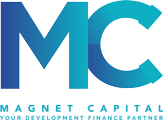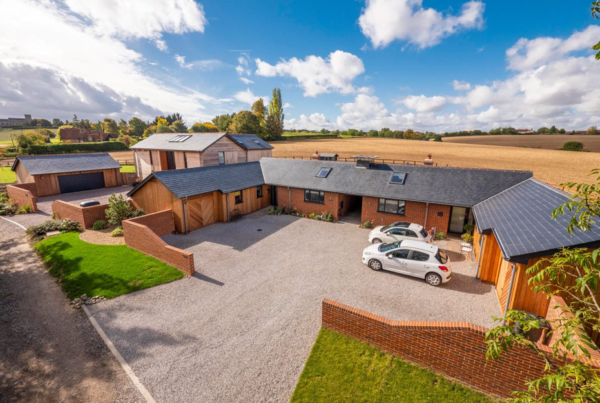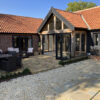A new report published by the UK Green Building Council (UKGBC) reveals that building to net-zero targets doesn’t have to be costly, and could likely enhance a project’s value.
The report by the UK Green Building Council, titled “Building the case for net-zero: A feasibility study into the design, delivery and cost of new net-zero carbon buildings”, explores implications of following net-zero standards throughout building development projects.
To help with this exploration, the report enlisted the help of designers, cost consultants and engineers, whose expert inputs have helped to create a clear look into applying net-zero targets to building projects.
The UKGBC Study
Throughout the study, two real-life building projects were examined, both at the design stages of their development, with one being a residential block, and the other being an office building.
Taking these two projects, the team then created two additional iterations to each of their designs, one aiming to meet the net-zero targets for 2025, and the other shaped by the targets for 2030. These two iterations were labelled the “intermediate” and “stretch” scenario respectively.
For the “intermediate” scenario of the residential block’s design, traditional gas boilers were replaced with air source heat pumps, in addition to other tactics to improve insulation and minimise heat loss.
In the same scenario, the office building design was altered by trading in the conventional structure of steel and concrete for a hybrid of steel and cross-laminated timber, as well as introducing active chilled beams and removing certain fitout finishes.
The Findings
For the “intermediate” scenario, aiming to meet the net-zero 2025 targets, analysis found that the cost only went up by 3.5% for the residential design, and 6.2% for the office building. It was also suggested that these costs were likely to be offset by the increased value and reduced costs for operating.
For the “stretch” scenario, analysis found that the cost for the residential building would be up by 5.3%, whilst the office building could range from between 8% and 17%.
Chief executive of the UKGBC Julie Hirigoyen commented: “We’ve known for some time that taking action to make buildings greener today will add value and save costs in the longer term. But the precise cost benefit analysis of achieving net-zero carbon standards on new buildings today has remained elusive.”
“This study provides long-awaited evidence that building today to the standards of energy and carbon efficiency required by 2025 doesn’t have to cost a fortune and is likely to be offset by enhanced value (e.g. higher rents, reduced running costs, higher sale price, reduced offsetting costs etc) in due course.”











